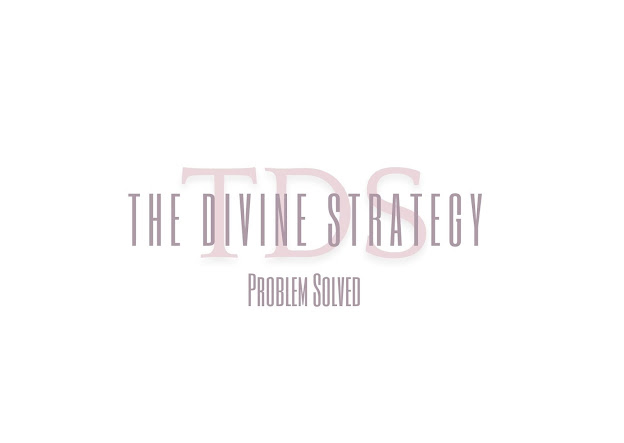7- Imagery
Harnessing the Power of Imagery to Break Unwanted Habits
Imagery can be a powerful tool in our journey towards self-improvement, helping us break free from unwanted habits that hold us back from reaching our full potential. Business and Life Strategist Tony Robbins shares a compelling example of how he used guided imagery to overcome his nail-biting habit.
The process is straightforward yet effective. First, Robbins would close his eyes and vividly imagine himself biting his nails. Once this image was clear in his mind, he would use a mental swiping motion to push the image away, replacing it with a positive action such as taking a sip of water or engaging in meditation.
This technique can be applied to any habit you're struggling with. Start by bringing a clear image of the unwanted behavior to mind. See yourself engaging in the habit, then mentally erase this image with a swiping motion. Finally, replace it with a positive action or thought.
Let's consider a practical example. Imagine receiving a letter from your bank that causes anxiety. Close your eyes and visualize opening the letter, feeling the nervousness rise. When this vision is clear, mentally swipe it away and replace it with positive affirmations: "H'shem is in control. Whatever the letter contains, I can handle it. I choose not to worry. I have nothing to fear. I am always in H'shem's hands, and everything He does is for the good."
Communication:
This imagery technique can be applied to various areas of self-improvement. For instance, if you want to enhance your communication skills, visualize yourself communicating poorly, then replace that image with one of positive, effective interaction. By practicing this regularly, you can gradually improve your communication habits.
This imagery technique can be applied to various areas of self-improvement. For instance, if you want to enhance your communication skills, visualize yourself communicating poorly, then replace that image with one of positive, effective interaction. By practicing this regularly, you can gradually improve your communication habits.
Self-Improvement:
It's important to remember that everyone has habits they'd like to change, and these habits do not define us as individuals. Use this imagery exercise to work on any habit you wish to transform, practicing until the new, positive behavior becomes second nature.
It's important to remember that everyone has habits they'd like to change, and these habits do not define us as individuals. Use this imagery exercise to work on any habit you wish to transform, practicing until the new, positive behavior becomes second nature.
Emuna, Betachon, and Tefilah:
This method can even be applied to deepen spiritual practices. Sometimes, Emuna (faith), Betachon (trust), and Tefilah (prayer) can become routine rather than meaningful. Use the imagery exercise to revitalize these practices by internalizing your trust and faith in H'shem, or by replacing rote prayer with more intentional, heartfelt Tefilah.
By consistently applying this technique, we can reshape our habits, improve our skills, and deepen our spiritual connections, leading to a more fulfilling and purposeful life.
https://count40.blogspot.com/2020/08/imagery.html
https://count40.blogspot.com/2020/08/imagery.html

Comments
Post a Comment